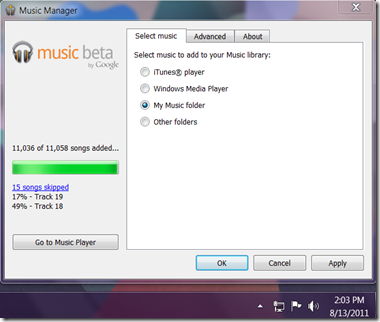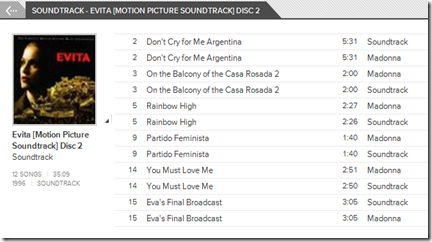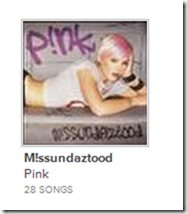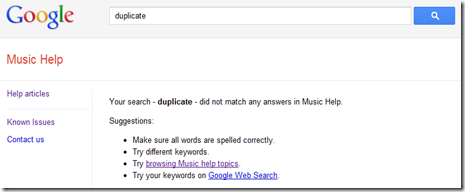Alan Krueger - Academic, not Slasher
Ezra Klein of The Washington Post included a brief summary of Alan Kreuger's view of elite schools in A closer look at Alan Krueger’s academic work.At Xolotech we re not concerned about Kreuger's ideas about adding a consumption tax or VAT or National Sales Tax... but here is a link if you want to see additional writing by the newly nominated chairman of the President's Council of Economic Advisers.
"The value of Harvard: In February, Krueger and Stacy Dale found that elite universities don’t seem to offer much benefit to students over lesser universities. How’d they do this? By looking at the schools students applied to. As David Leonhardt summarized: “A student with a 1,400 SAT score who went to Penn State but applied to Penn earned as much, on average, as a student with a 1,400 who went to Penn.” In other words, if you’re good enough to get into an Ivy League school, you’ll do well no matter where you go."
When you follow the link from the Klein article to the NY Times, you get one more layer of detail in an article called "Revisiting the Value of Elite Colleges".
Mr. Krueger gets the last word:
"My advice to students: Don’t believe that the only school worth attending is one that would not admit you. That you go to college is more important than where you go. Find a school whose academic strengths match your interests and that devotes resources to instruction in those fields. Recognize that your own motivation, ambition and talents will determine your success more than the college name on your diploma."
"My advice to elite colleges: Recognize that the most disadvantaged students benefit most from your instruction. Set financial aid and admission policies accordingly."













